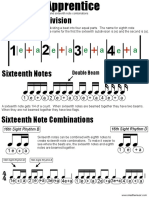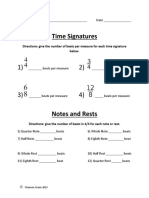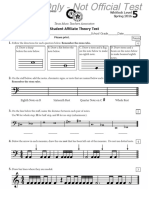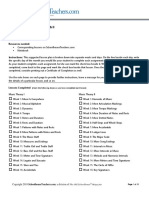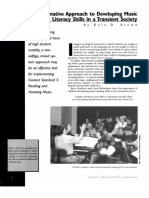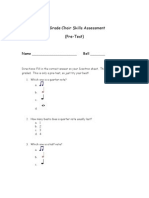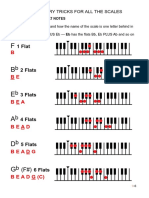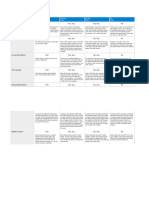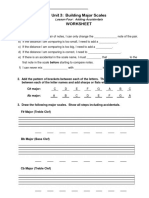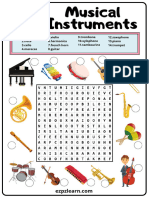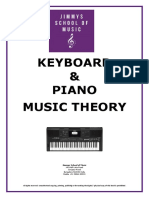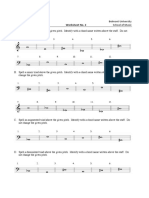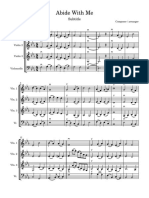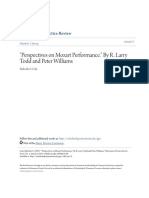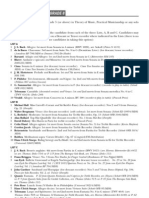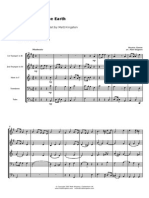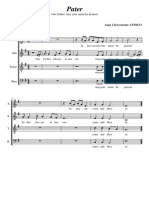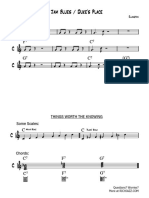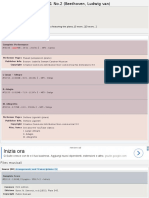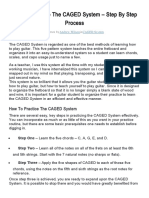0% found this document useful (0 votes)
99 views11 pagesChapter 01 Q
This document contains 23 exercises related to pitch notation, scales, key signatures, intervals, rhythm, meter, and musical accent from Chapter 1. The exercises include writing diatonic and chromatic half steps, notating major and minor scales with and without key signatures, identifying minor scales from given pitches, converting pitches to enharmonic equivalents, notating scales with intentional misspellings, writing key signatures, identifying ledger line pitches, labeling intervals, notating intervals above and below given pitches, identifying intervals in a musical example, transposing tunes by intervals, matching and completing rhythms, identifying meter and adding beams, calculating combined durations, identifying instances of syncopation and hemiola, and analyzing types
Uploaded by
DipikaBadriCopyright
© © All Rights Reserved
We take content rights seriously. If you suspect this is your content, claim it here.
Available Formats
Download as PDF, TXT or read online on Scribd
0% found this document useful (0 votes)
99 views11 pagesChapter 01 Q
This document contains 23 exercises related to pitch notation, scales, key signatures, intervals, rhythm, meter, and musical accent from Chapter 1. The exercises include writing diatonic and chromatic half steps, notating major and minor scales with and without key signatures, identifying minor scales from given pitches, converting pitches to enharmonic equivalents, notating scales with intentional misspellings, writing key signatures, identifying ledger line pitches, labeling intervals, notating intervals above and below given pitches, identifying intervals in a musical example, transposing tunes by intervals, matching and completing rhythms, identifying meter and adding beams, calculating combined durations, identifying instances of syncopation and hemiola, and analyzing types
Uploaded by
DipikaBadriCopyright
© © All Rights Reserved
We take content rights seriously. If you suspect this is your content, claim it here.
Available Formats
Download as PDF, TXT or read online on Scribd
/ 11









